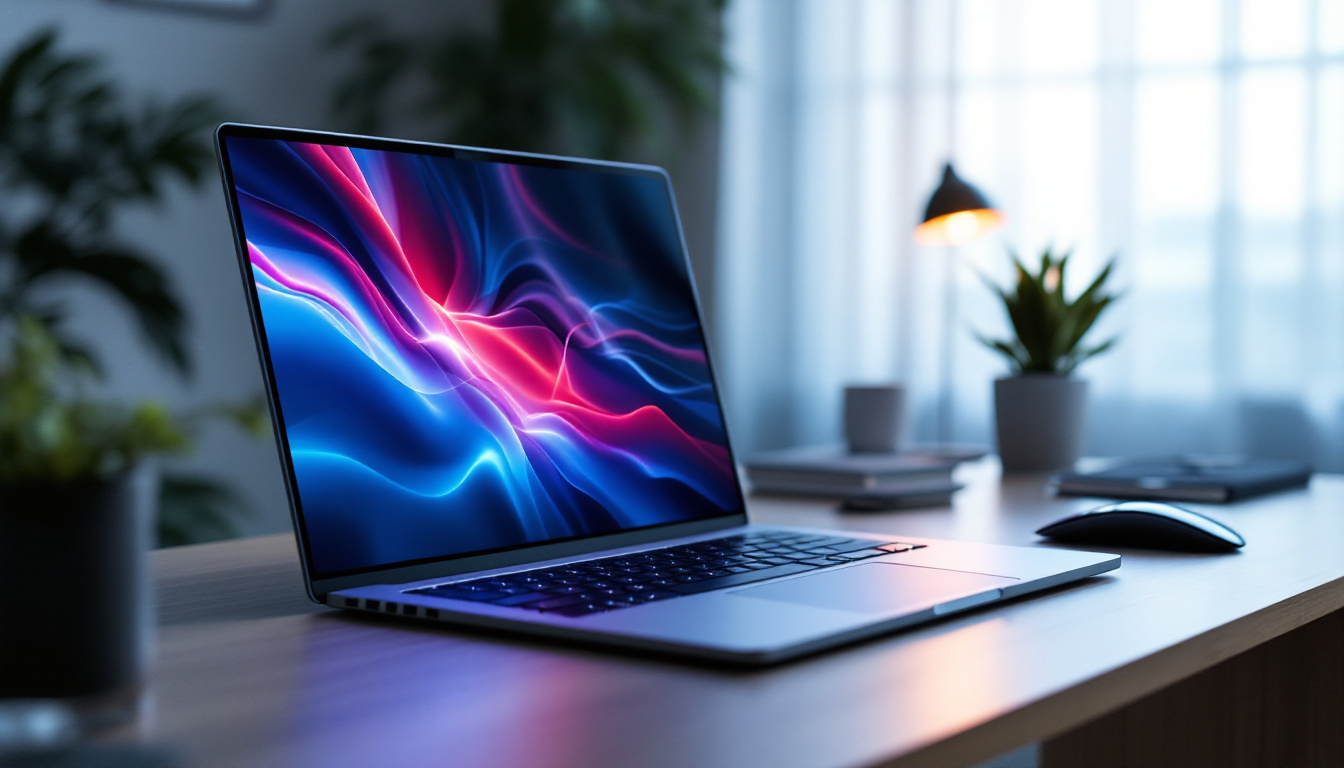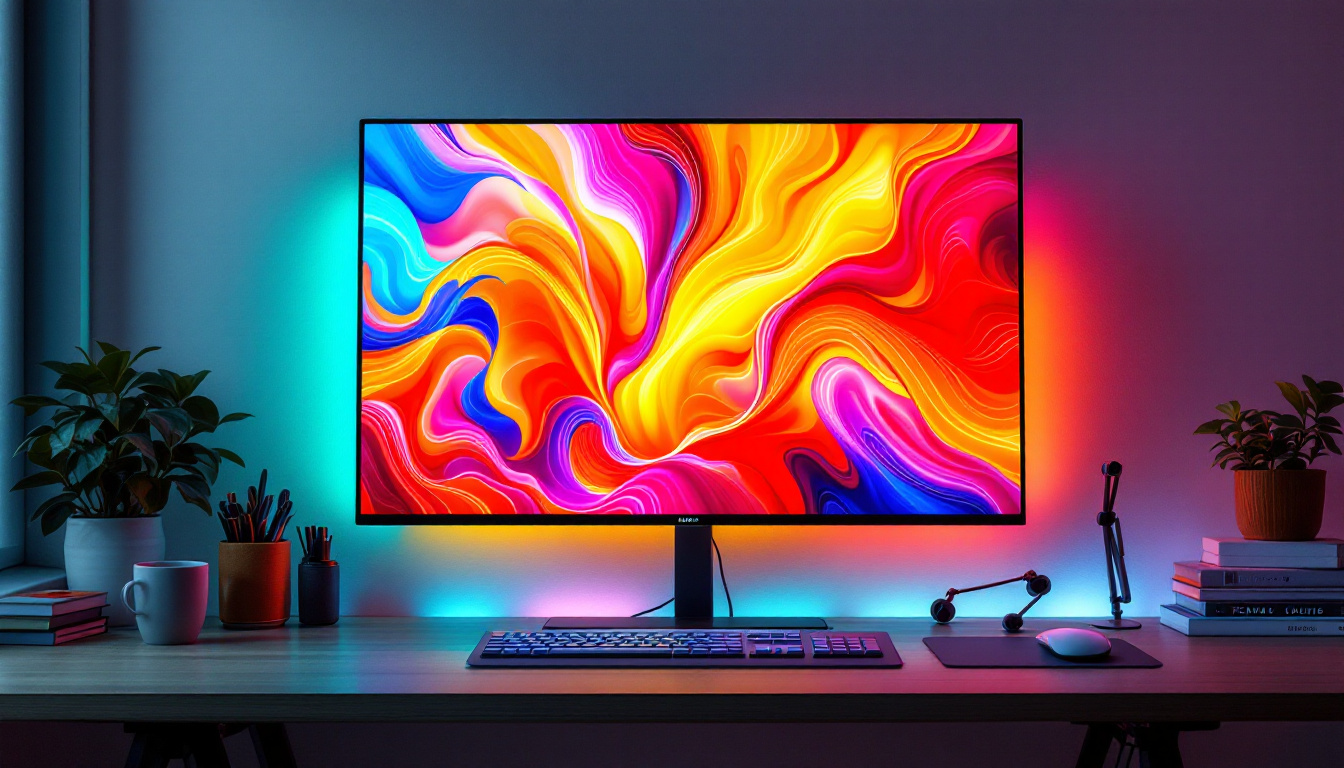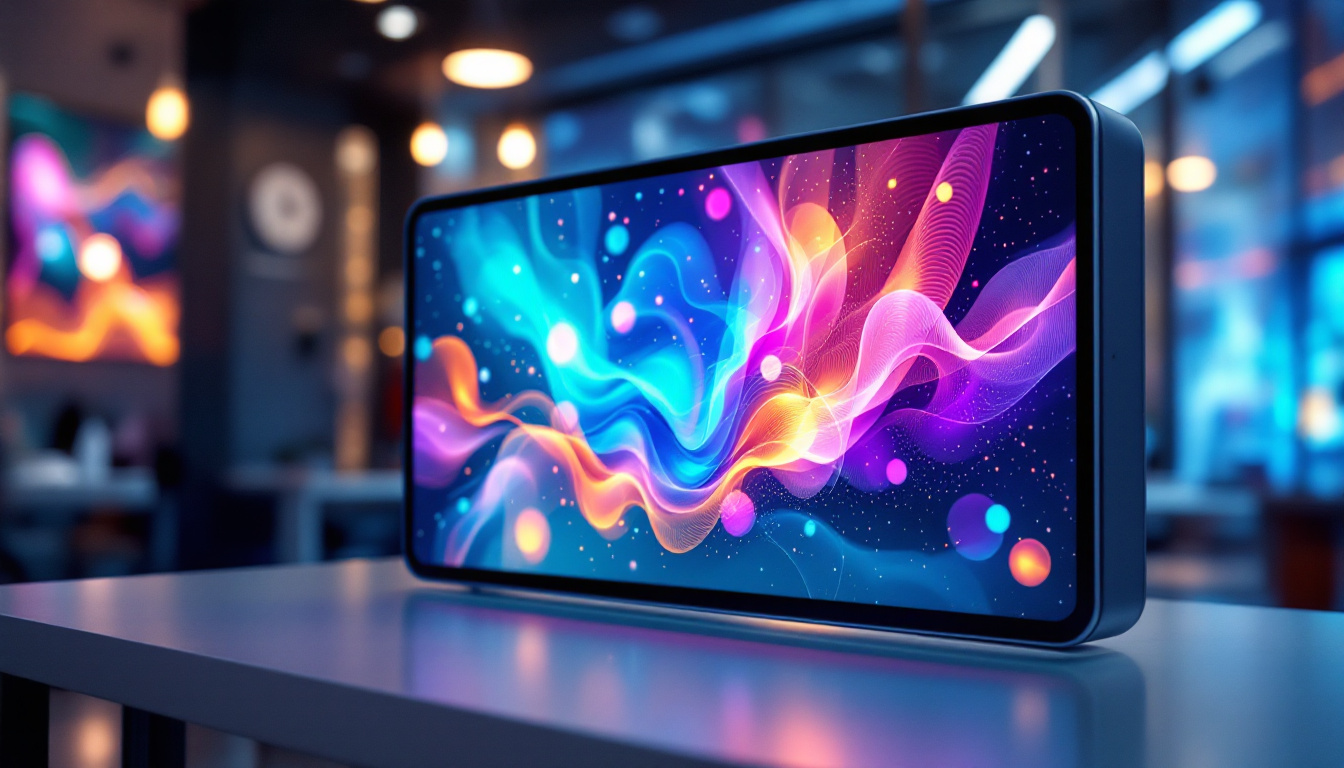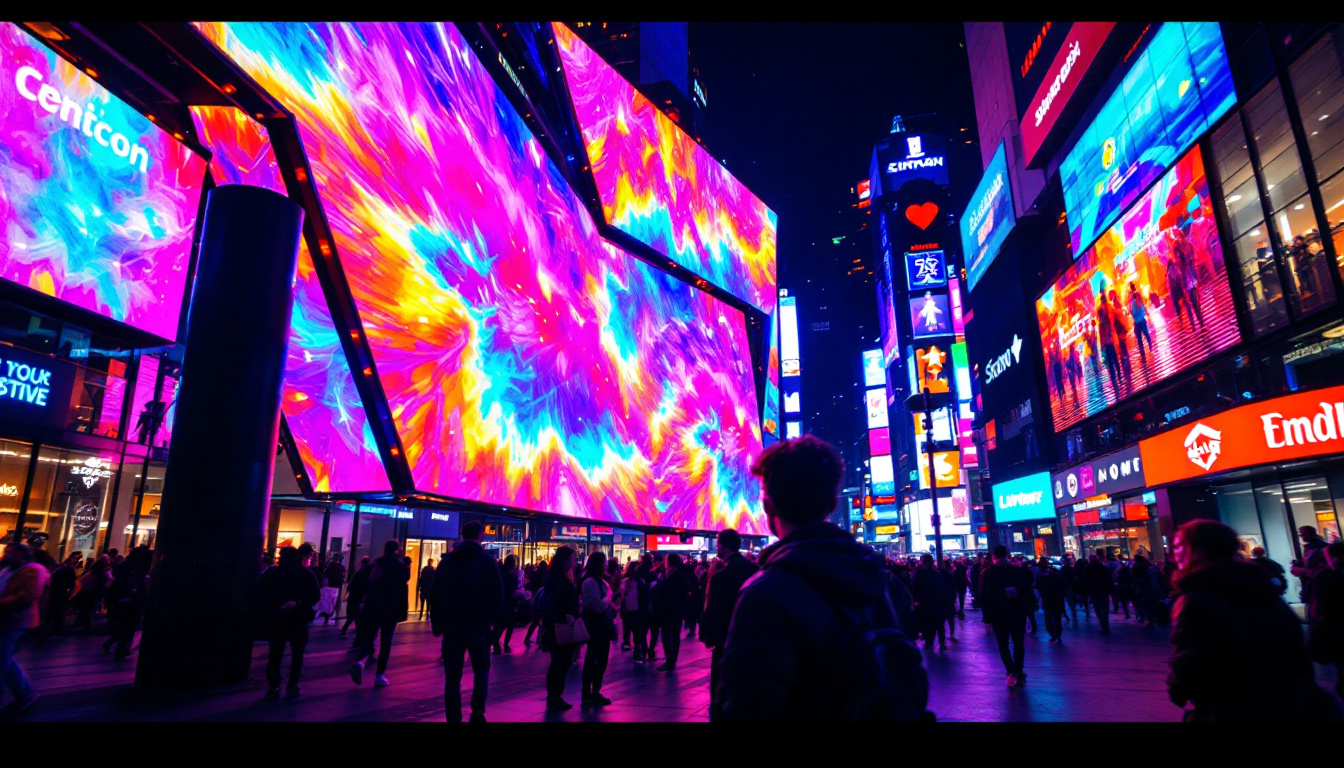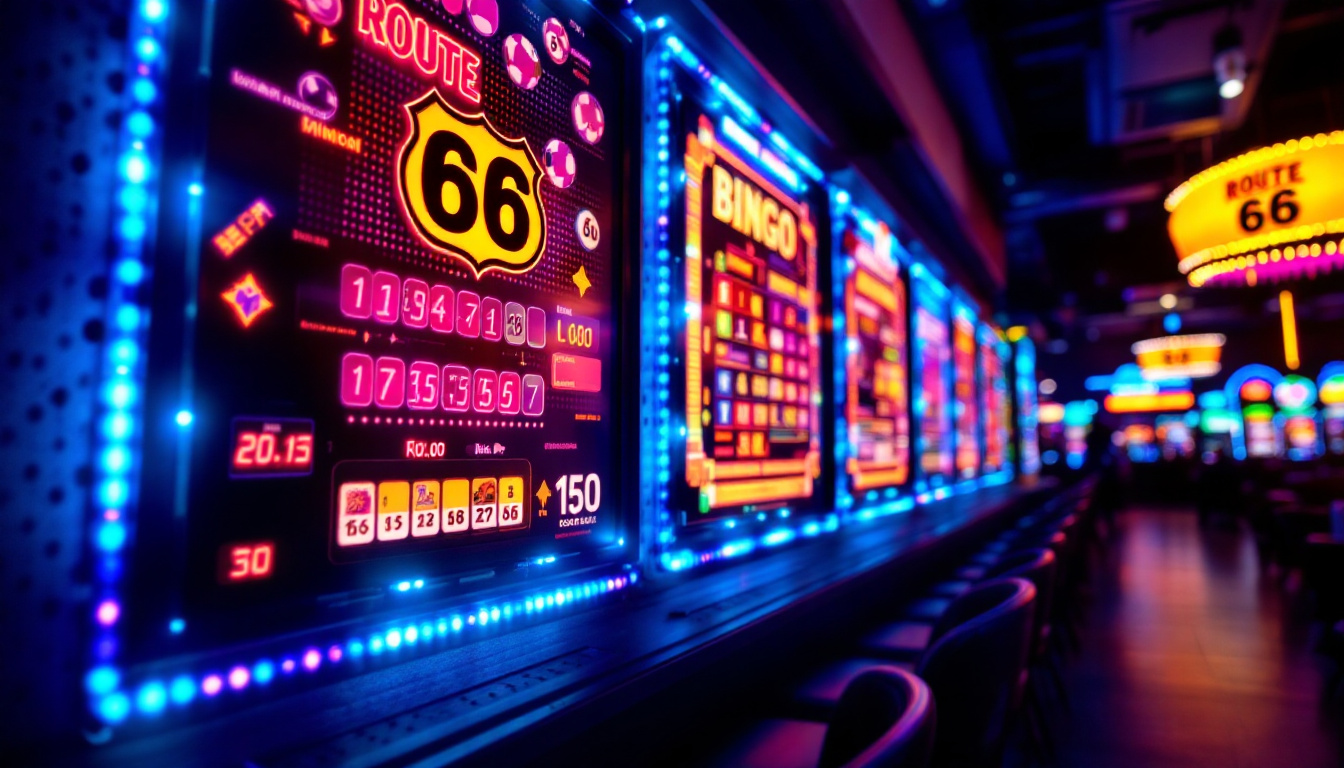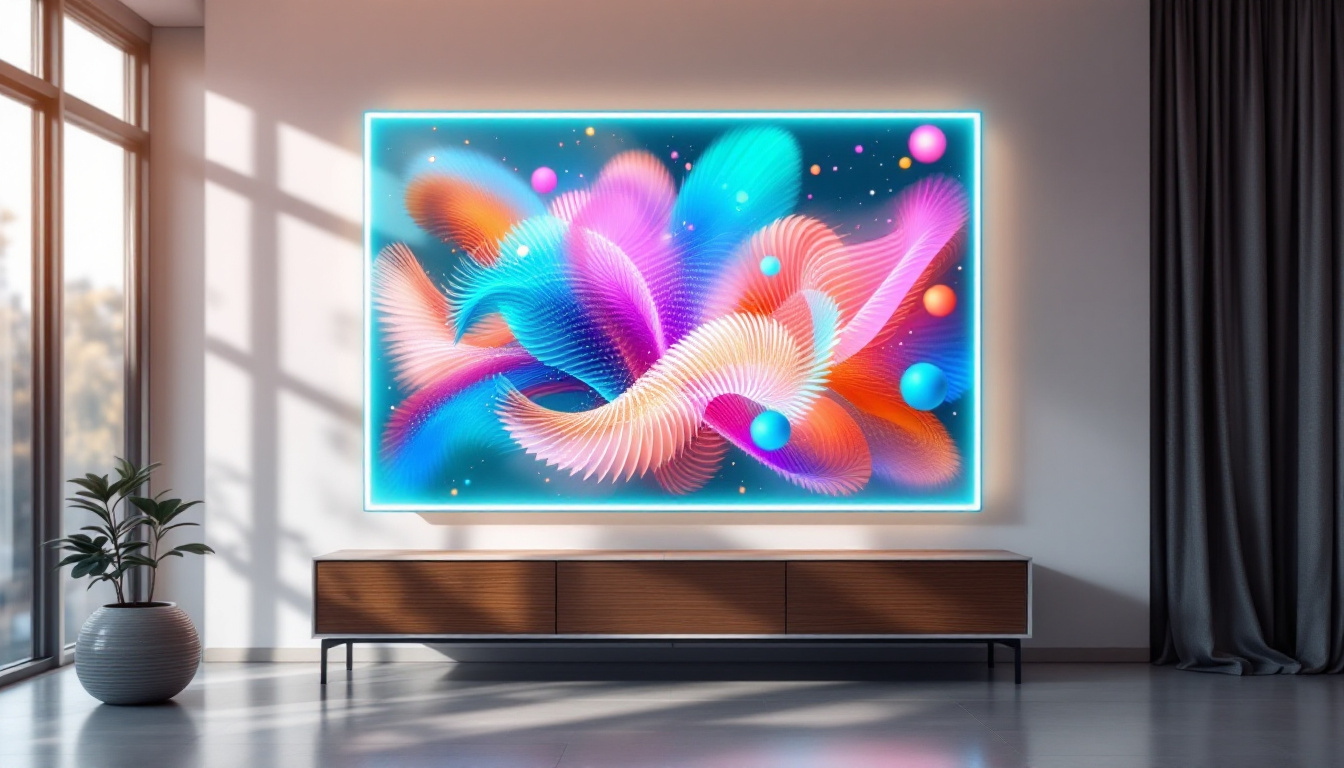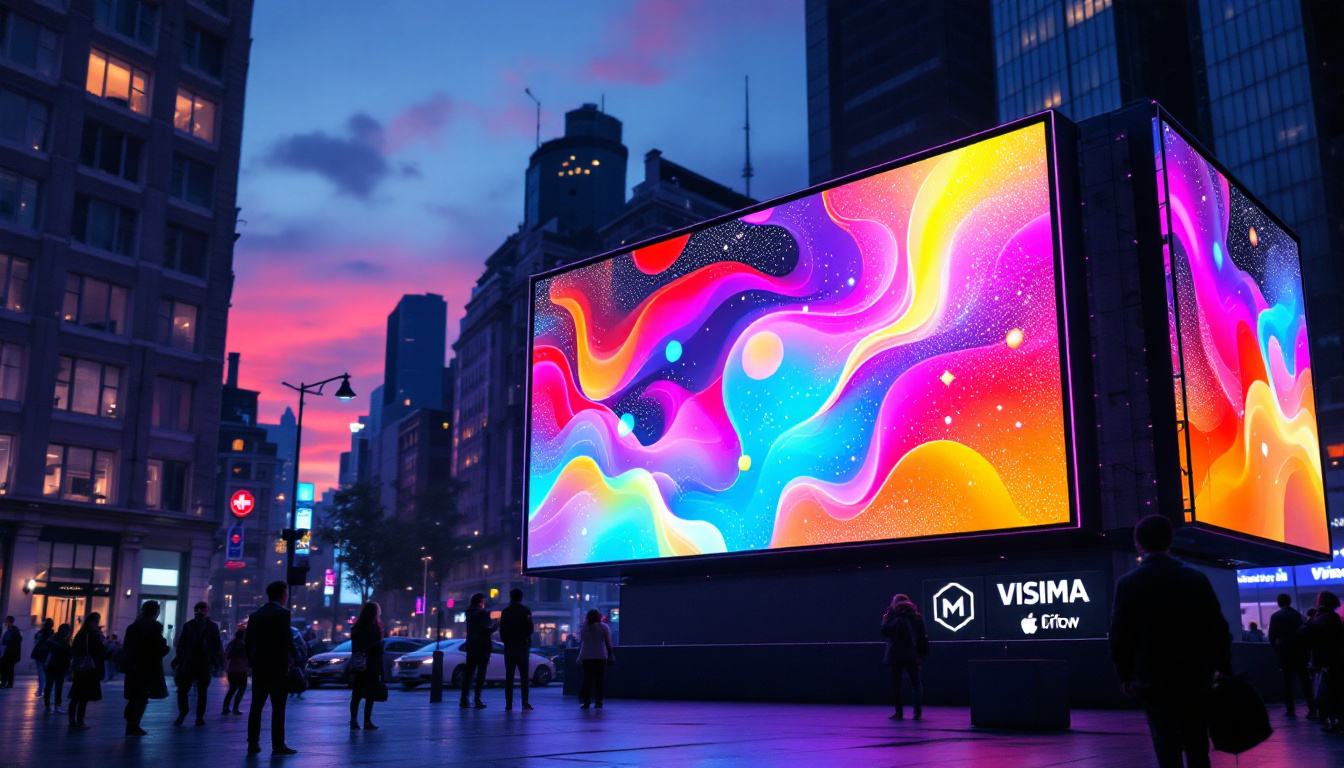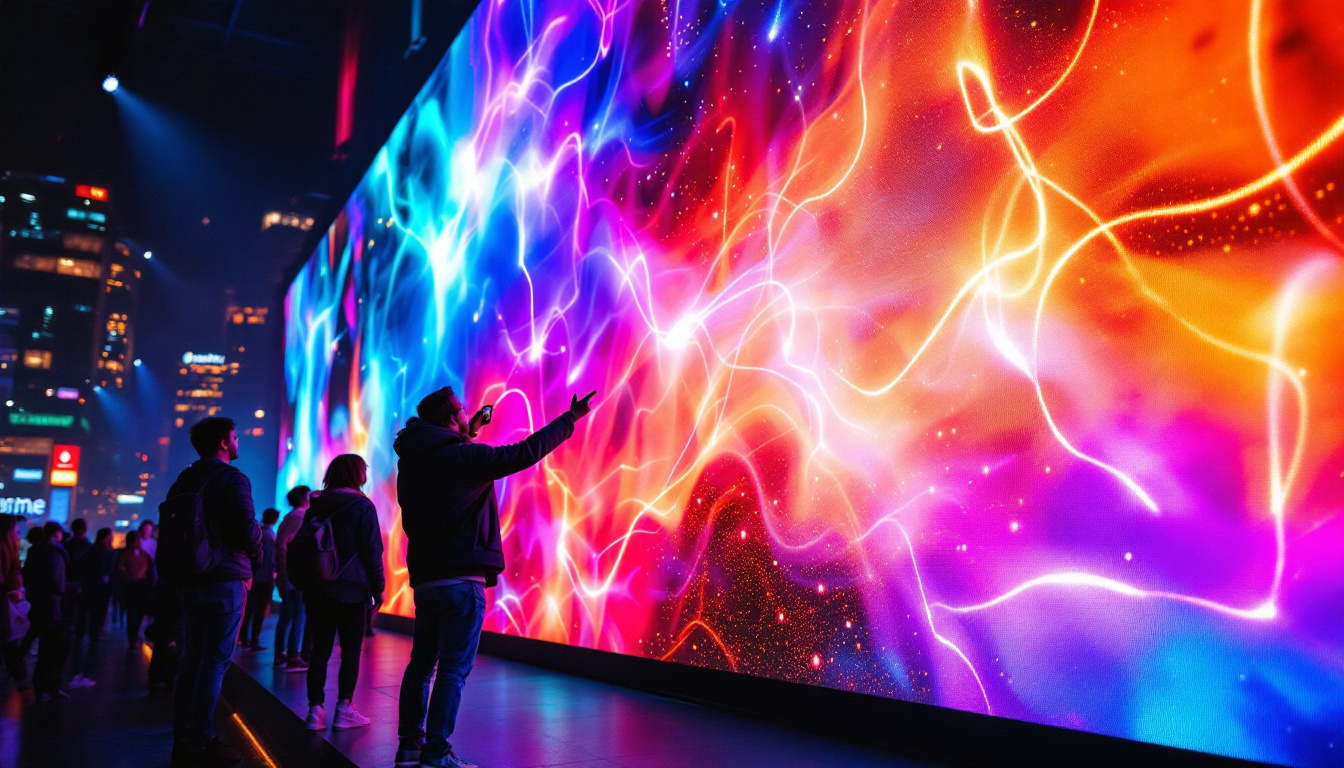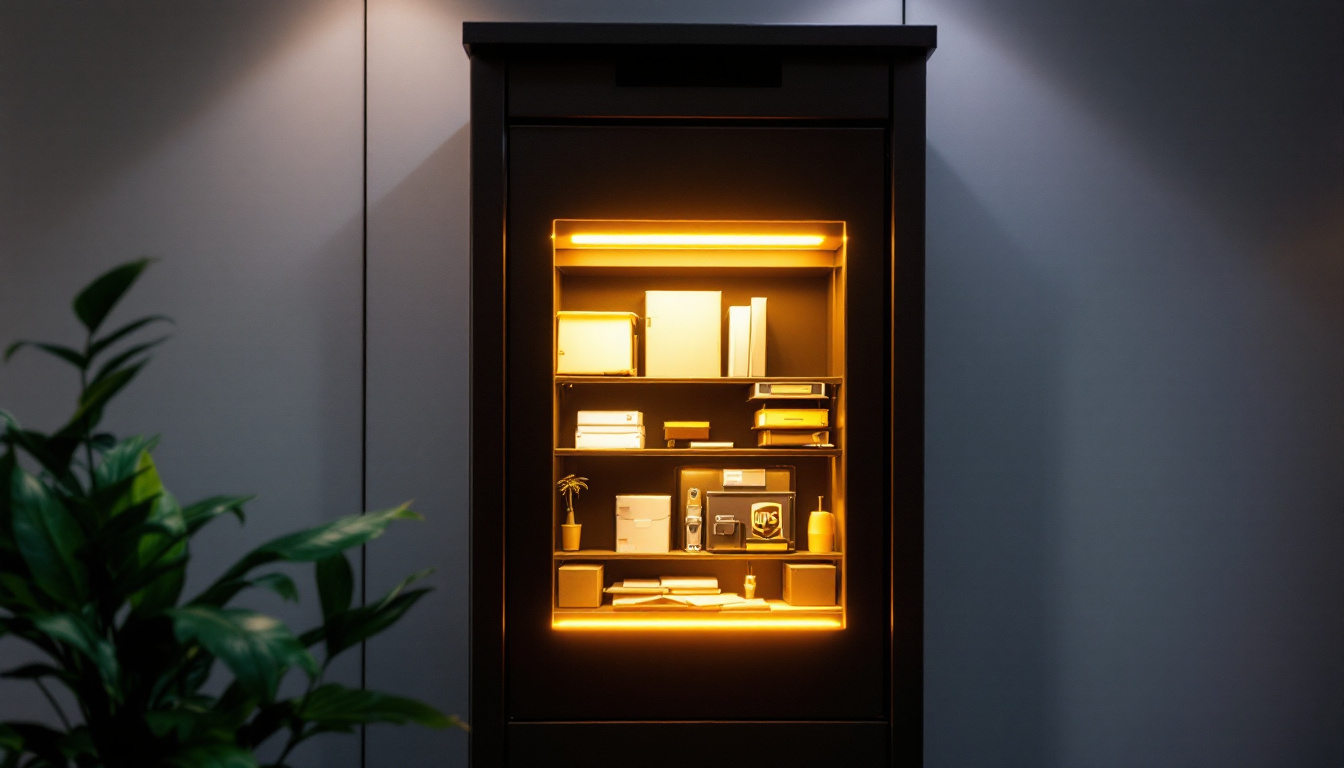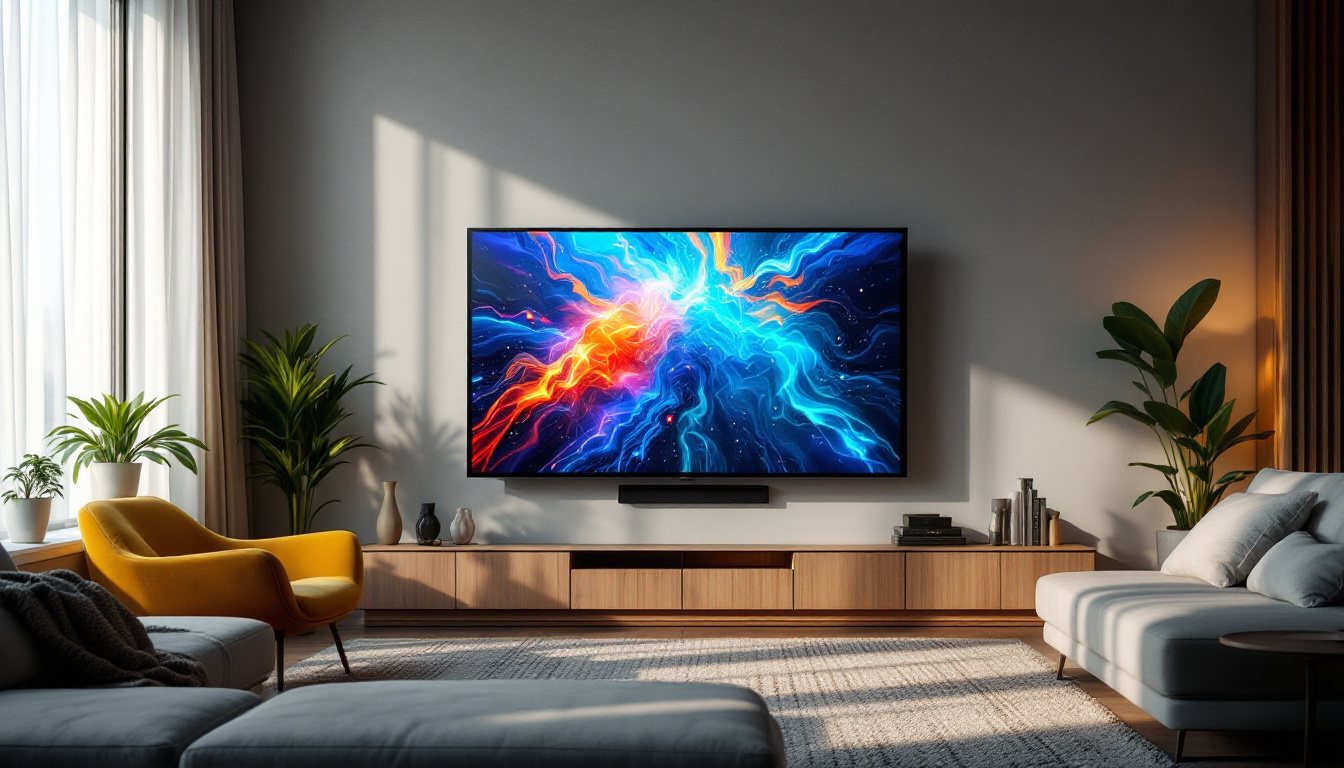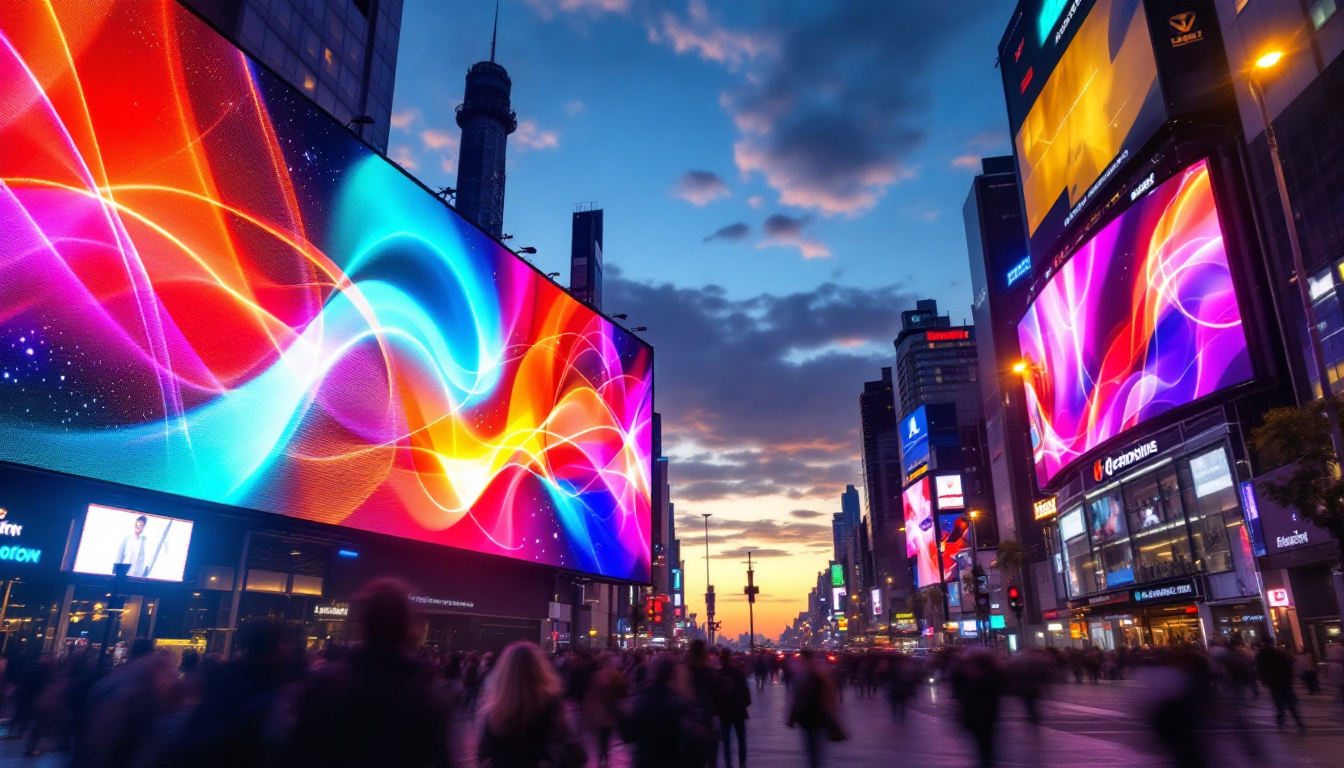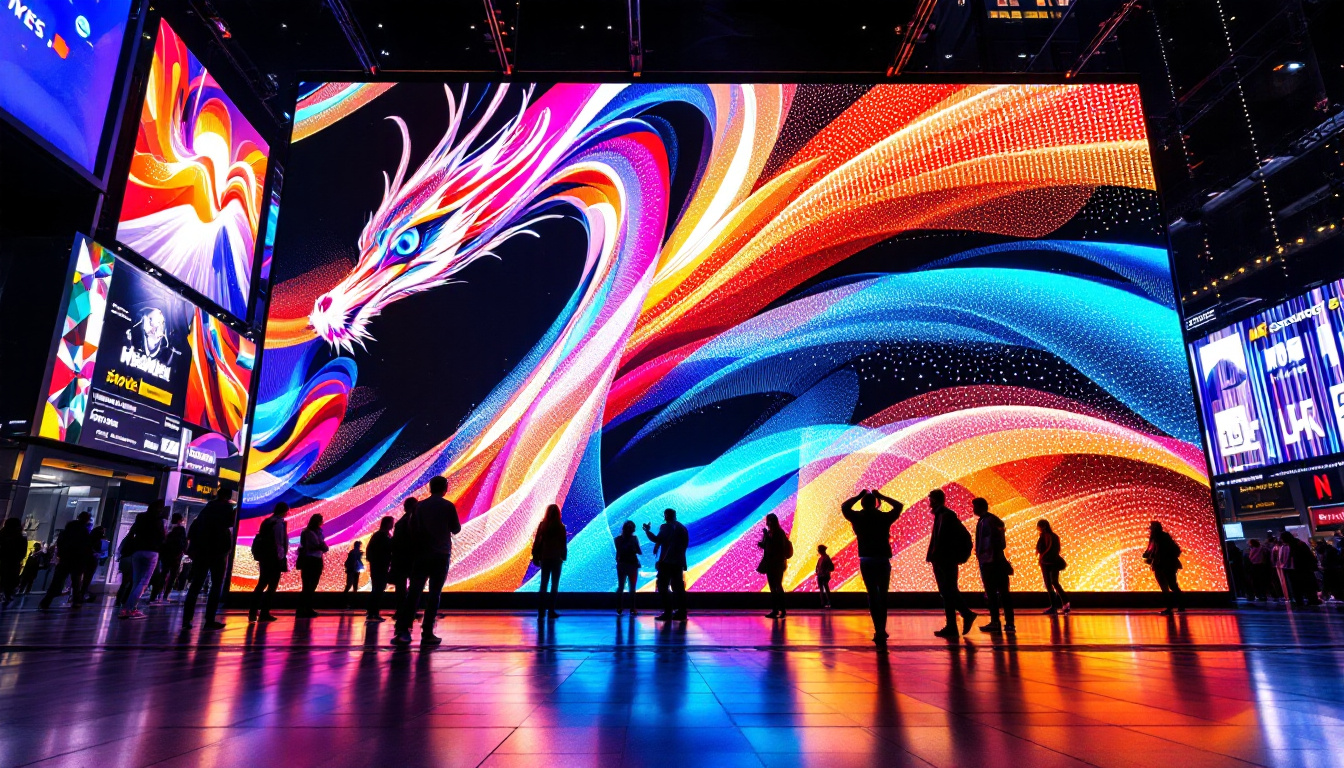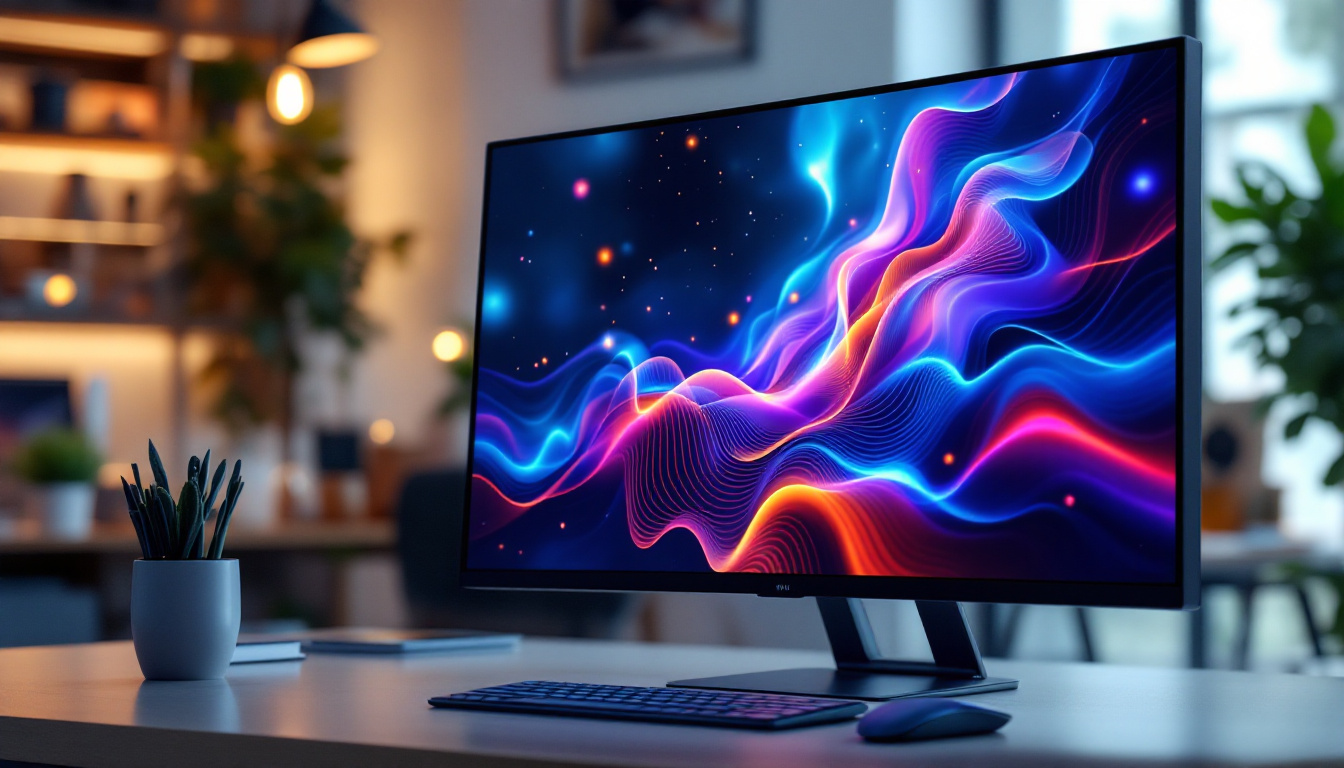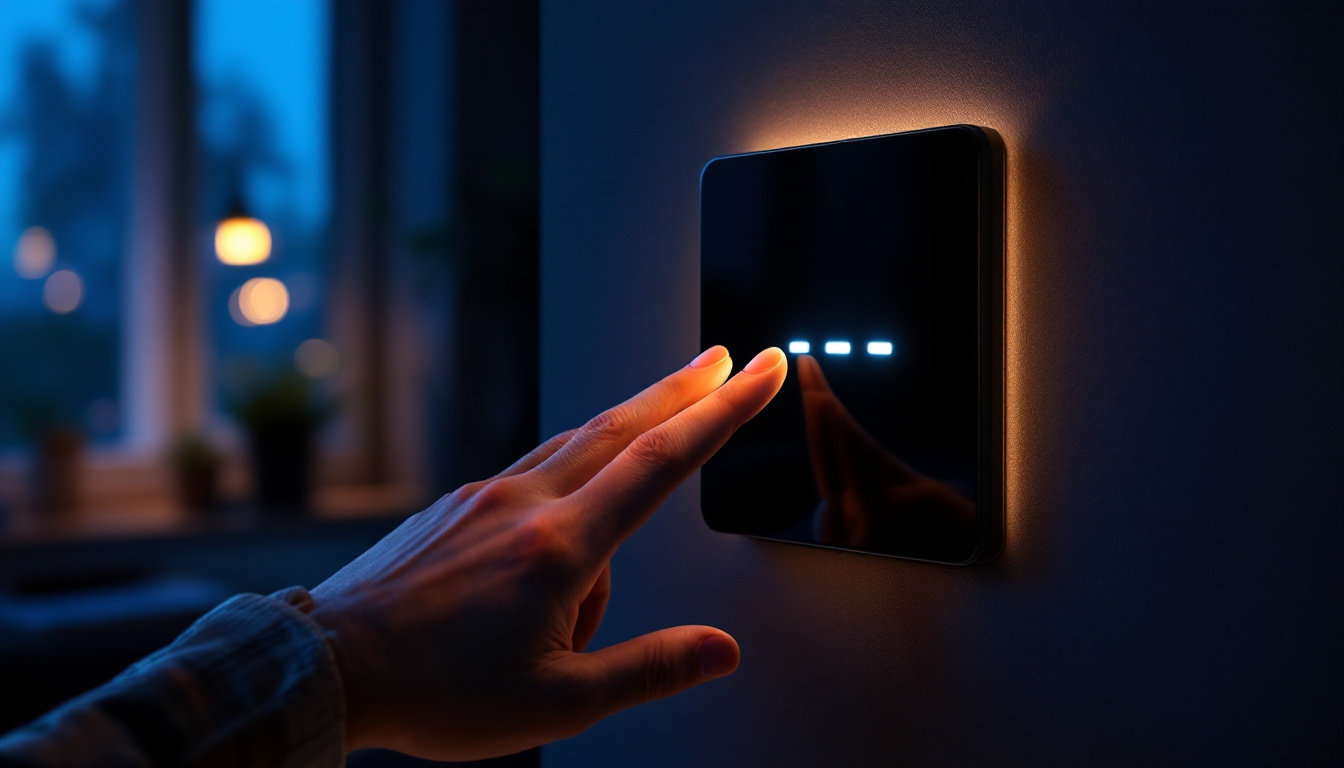In the world of technology, the display is one of the most critical components of any device, particularly laptops. With advancements in display technology, LED (Light Emitting Diode) displays have become the standard for laptops. This article delves into the intricacies of LED displays, exploring how they work, their advantages, and the various types available in the market today.
Understanding LED Technology
LED technology has revolutionized the way screens operate. Unlike traditional LCD (Liquid Crystal Display) screens, which rely on fluorescent backlighting, LED displays utilize tiny diodes that emit light when an electric current passes through them. This fundamental difference leads to several improvements in display quality and energy efficiency.
How LED Displays Work
At the core of an LED display are the diodes, which are semiconductor devices that convert electrical energy into light. When a current flows through the diode, it produces light, which can be seen on the screen. This process is more efficient than traditional backlighting methods, resulting in brighter displays with better contrast ratios.
LED displays can be categorized into two main types: edge-lit and backlit. Edge-lit displays have LEDs positioned along the edges of the screen, while backlit displays have LEDs distributed behind the screen. The latter typically offers better uniformity in brightness and color reproduction. Additionally, the design of LED displays allows for thinner and lighter screens, which has contributed to the popularity of ultra-slim televisions and portable devices.
The Role of Color in LED Displays
Color reproduction in LED displays is achieved through the use of red, green, and blue (RGB) diodes. By varying the intensity of these three colors, a wide spectrum of colors can be produced. This RGB model is fundamental in creating vibrant images and videos, making LED displays particularly popular for multimedia applications.
Moreover, advancements in technology have led to the development of features like HDR (High Dynamic Range), which enhances color depth and contrast, providing a more immersive viewing experience. HDR technology allows for a greater range of brightness levels, enabling viewers to see details in both the darkest shadows and the brightest highlights. This capability is especially beneficial in cinematic presentations and gaming, where visual fidelity can significantly enhance the overall experience.
In addition to HDR, the integration of quantum dot technology with LED displays has further improved color accuracy and brightness. Quantum dots are nanometer-sized semiconductor particles that emit specific colors when illuminated by a light source. This innovation allows for a wider color gamut, enabling displays to reproduce more shades and hues, thereby creating images that are not only more lifelike but also more engaging. As manufacturers continue to explore and refine these technologies, the future of LED displays promises even more breathtaking visual experiences.
Advantages of LED Displays
LED displays offer numerous benefits over traditional display technologies, making them a preferred choice for laptop manufacturers and consumers alike. understanding these advantages can help users make informed decisions when purchasing a laptop.
Energy Efficiency
One of the most significant advantages of LED displays is their energy efficiency. LED technology consumes less power compared to traditional LCDs, which is particularly beneficial for laptops that rely on battery power. This efficiency not only extends battery life but also reduces the overall energy consumption of the device, making it an environmentally friendly option. Furthermore, the reduced power consumption translates to less heat generation, which can enhance the longevity of the laptop’s internal components and improve overall performance.
Improved Brightness and Contrast
LED displays are known for their superior brightness levels. They can achieve higher luminosity, making them suitable for use in various lighting conditions, including bright environments. Additionally, the contrast ratio of LED displays is generally higher, resulting in deeper blacks and more vivid colors. This enhanced visual quality is especially appreciated by graphic designers, photographers, and gamers. The ability to display a wider color gamut also means that users can enjoy more accurate representations of images and videos, which is crucial for tasks that require precise color matching, such as digital art and video editing.
Durability and Longevity
Another notable advantage of LED displays is their durability and longevity. Unlike traditional LCD screens that may suffer from issues like screen burn-in or degradation over time, LED displays are designed to withstand the rigors of daily use. Their solid-state technology makes them less susceptible to physical damage and environmental factors, ensuring that users can enjoy a reliable viewing experience for years to come. This durability is particularly beneficial for users who frequently travel or work in varying conditions, as it reduces the likelihood of screen-related issues that can disrupt productivity.
Thin and Lightweight Design
LED displays also contribute to the sleek and lightweight design of modern laptops. The thin profile of LED technology allows manufacturers to create ultra-slim devices without compromising on display quality. This is particularly appealing to consumers who prioritize portability, as lighter laptops are easier to carry and fit into bags or backpacks. The combination of a lightweight design with high performance makes LED-equipped laptops an ideal choice for students, professionals, and anyone who is constantly on the go.
Types of LED Displays
When it comes to LED displays, there are several types available, each catering to different needs and preferences. Understanding these types can help consumers choose the right display for their specific requirements.
Edge-Lit LED Displays
Edge-lit LED displays are popular for their slim profile and lightweight design. They utilize LEDs positioned along the edges of the screen, which allows for a thinner display. While they are generally more affordable, edge-lit displays may suffer from uneven brightness, especially in larger screens. However, they are suitable for everyday tasks such as browsing the web and watching videos.
Full-Array LED Displays
Full-array LED displays feature a grid of LEDs behind the screen, providing more uniform brightness and better color accuracy. This type of display is ideal for professional use, such as graphic design and video editing, where color precision is crucial. Full-array displays often support advanced features like local dimming, which enhances contrast by adjusting the brightness of specific areas of the screen.
OLED vs. LED
While discussing LED displays, it’s essential to mention OLED (Organic Light Emitting Diode) technology. OLED displays, unlike traditional LED displays, emit light on a pixel-by-pixel basis, allowing for true blacks and exceptional color accuracy. However, they tend to be more expensive and may suffer from burn-in issues over time. For users prioritizing visual quality, OLED may be worth considering despite the higher cost.
Choosing the Right LED Display for Your Laptop
When selecting a laptop, the display is a crucial factor that can significantly impact the overall user experience. Various aspects should be considered to ensure the chosen display meets individual needs.
Screen Size and Resolution
The size and resolution of the display are vital considerations. Larger screens provide a more immersive experience, while higher resolutions (such as Full HD or 4K) offer sharper images. Users who engage in graphic design or gaming may prefer higher resolutions for better detail, while casual users might find a standard resolution sufficient.
Brightness Levels
Brightness is another critical factor, especially for users who work in brightly lit environments. A display with higher brightness levels ensures visibility and reduces eye strain. Look for laptops with at least 250 nits of brightness for comfortable use in various lighting conditions.
Maintaining Your LED Display
To prolong the life of an LED display and maintain its performance, proper care and maintenance are essential. Simple practices can help keep the display in optimal condition.
Regular Cleaning
Dust and fingerprints can accumulate on the screen, affecting visibility. Regularly cleaning the display with a microfiber cloth can help maintain clarity. It is advisable to use screen-safe cleaning solutions to avoid damaging the display.
Adjusting Brightness Settings
Adjusting brightness settings according to the environment can enhance viewing comfort and reduce strain on the eyes. Many laptops come with automatic brightness adjustment features that adapt to surrounding light conditions, ensuring optimal visibility.
Future of LED Displays in Laptops
The future of LED displays in laptops looks promising, with continuous advancements in technology. Innovations such as mini-LED and micro-LED are on the horizon, which promise even better performance and efficiency.
Mini-LED Technology
Mini-LED technology utilizes smaller diodes, allowing for more precise control over lighting. This results in improved contrast ratios and color accuracy, making it an exciting development for high-end laptops. Mini-LED displays are expected to bridge the gap between traditional LED and OLED displays, offering the best of both worlds.
Micro-LED Technology
Micro-LED technology takes things a step further by using even smaller individual pixels. This technology promises to deliver exceptional color accuracy, brightness, and contrast while eliminating issues like burn-in. As manufacturing processes improve, micro-LED displays could become more accessible for consumer laptops in the coming years.
Conclusion
LED displays have become a cornerstone of modern laptop technology, offering numerous advantages over traditional display types. With their energy efficiency, superior brightness, and vibrant color reproduction, they cater to a wide range of users, from casual consumers to professionals in creative fields.
As technology continues to evolve, the future of LED displays looks bright, with innovations like mini-LED and micro-LED on the horizon. Understanding the different types of LED displays and their features can empower consumers to make informed choices when selecting a laptop that best suits their needs.
In summary, whether for work or leisure, the right LED display can significantly enhance the overall laptop experience, making it a crucial aspect to consider during the purchasing process.
Discover LumenMatrix’s Advanced LED Display Solutions
Ready to experience the pinnacle of LED display technology in your next laptop? LumenMatrix, a pioneer in innovative LED solutions, invites you to explore our diverse range of LED display modules. From immersive Indoor LED Walls to dynamic Outdoor LED Displays, and from versatile Vehicle LED Displays to sleek LED Poster Displays, we offer tailored solutions that bring your visual communications to life. Embrace the future with our cutting-edge All-in-One LED Displays, LED Transparent Displays, and more. Elevate your visual experience by visiting LumenMatrix LED Display Solutions today and see how we can transform your message into a captivating visual journey.

